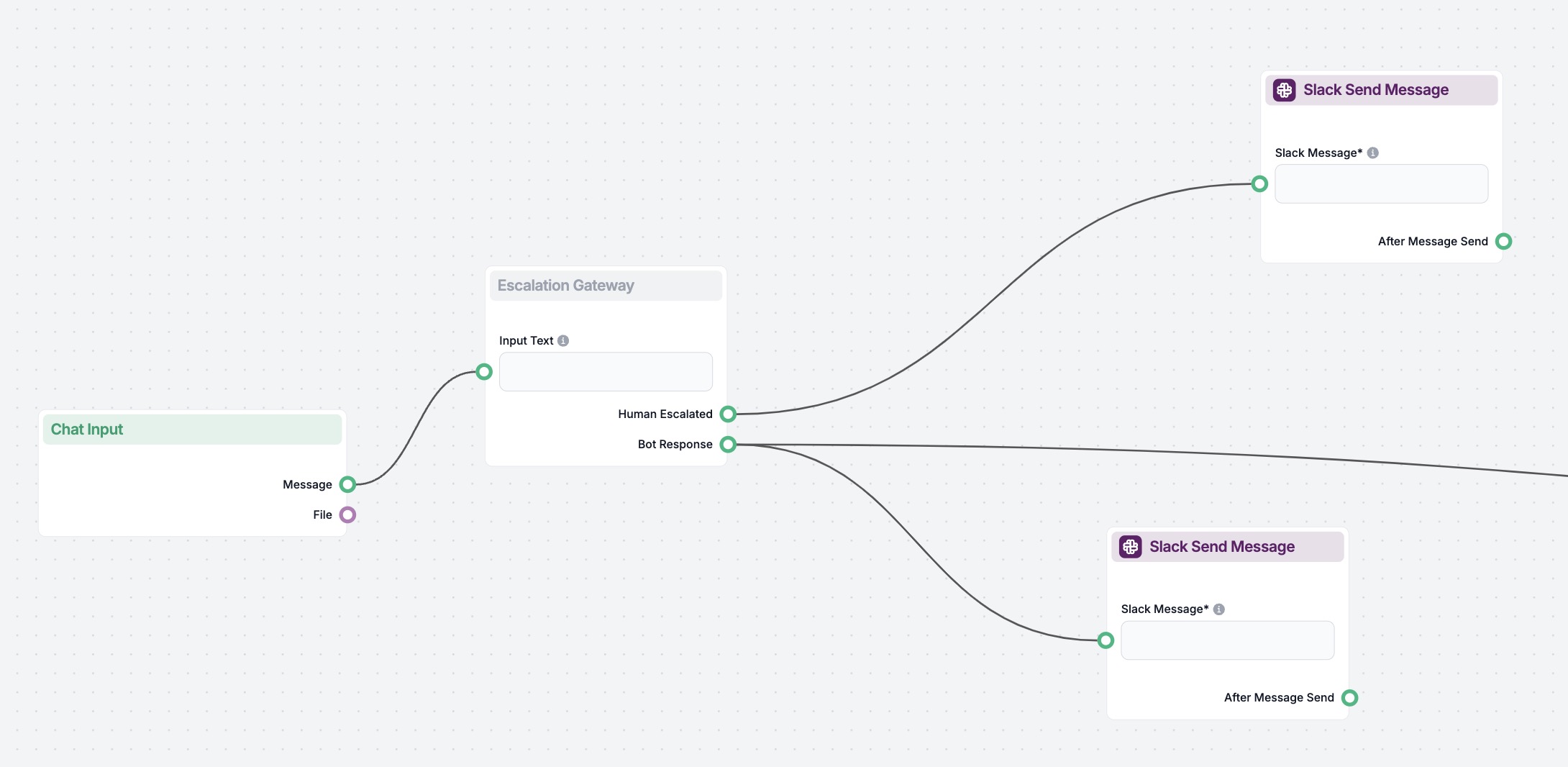
Perplexity AI
Perplexity AI is an advanced AI-powered search engine and conversational tool that leverages NLP and machine learning to deliver precise, contextual answers wit...
The Turing Test evaluates if a machine can mimic human conversation, serving as a benchmark for machine intelligence in AI.
The Turing Test is a method of inquiry in the field of artificial intelligence (AI) designed to evaluate whether a machine can exhibit intelligent behavior indistinguishable from that of a human. Established by British mathematician and computer scientist Alan Turing in his seminal 1950 paper “Computing Machinery and Intelligence,” the test involves an “imitation game” where a human judge engages in natural language conversations with both a human and a machine. If the judge cannot reliably distinguish the machine from the human based solely on the conversation, the machine is considered to have passed the Turing Test.
Alan Turing’s motivation for proposing the test was to address the question, “Can machines think?” He argued that if a machine could convincingly simulate human conversation, it could be said to possess a form of intelligence. This test has become a fundamental reference point in discussions about AI and remains a benchmark for measuring the progress of machine intelligence.
The Turing Test’s core concept is about deception. It does not require the machine to provide correct or logical responses, but rather to create an illusion of human-like communication. The test primarily focuses on natural language processing bridges human-computer interaction. Discover its key aspects, workings, and applications today!") capabilities, knowledge representation, reasoning, and the ability to learn and adapt from interactions.
Turing introduced the test in a context where computing machinery was still in its infancy. His predictions about the future capabilities of machines were optimistic, suggesting that by the turn of the century, it would be possible for machines to play the “imitation game” so well that an average interrogator would have no more than a 70% chance of distinguishing them from humans after five minutes of questioning.
Several early AI programs have attempted to pass the Turing Test, with varying levels of success:
Critics of the Turing Test argue that it is limited by its focus on natural language and deception. As AI technology evolves, several variations and alternative tests have been proposed:
The Turing Test has several limitations:
While no AI has conclusively passed the Turing Test under stringent conditions, the test remains an influential concept in AI research and philosophy. It continues to inspire new methodologies for evaluating AI and serves as a baseline for discussions on machine intelligence. Despite its limitations, the Turing Test provides valuable insights into the capabilities and boundaries of AI, prompting ongoing exploration into what it means for machines to “think” and “understand.”
In the realm of AI automation and chatbots, the principles of the Turing Test are applied to develop more sophisticated conversational agents. These AI systems aim to provide seamless and human-like interactions in customer service, personal assistants, and other communication-based applications. Understanding the Turing Test helps developers create AI that can better understand and respond to human language, ultimately enhancing user experience and efficiency in automated systems.
The Turing Test, a fundamental concept in artificial intelligence, continues to inspire and challenge researchers in the field. Here are some significant scientific contributions to understanding and expanding the concept of the Turing Test:
A Formalization of the Turing Test by Evgeny Chutchev (2010)
Graphics Turing Test by Michael McGuigan (2006)
The Meta-Turing Test by Toby Walsh (2022)
Universal Length Generalization with Turing Programs by Kaiying Hou et al. (2024)
Passed the Turing Test: Living in Turing Futures by Bernardo Gonçalves (2024)
The Turing Test was designed by Alan Turing to determine whether a machine can exhibit behavior indistinguishable from a human through natural language conversation.
No AI has conclusively passed the Turing Test under strict conditions, though some, like Eugene Goostman and advanced chatbots, have come close in specific scenarios.
The Turing Test is limited by its focus on language and deception, human judge bias, and its inability to account for non-linguistic or creative forms of intelligence.
Famous examples include ELIZA, PARRY, Eugene Goostman, Mitsuku (Kuki), and ChatGPT, each demonstrating various degrees of conversational ability and human-like interaction.
The Turing Test continues to inspire AI research, guiding the development of chatbots and conversational agents aimed at creating more human-like interactions.
Smart Chatbots and AI tools under one roof. Connect intuitive blocks to turn your ideas into automated Flows.
Perplexity AI is an advanced AI-powered search engine and conversational tool that leverages NLP and machine learning to deliver precise, contextual answers wit...
Explainable AI (XAI) is a suite of methods and processes designed to make the outputs of AI models understandable to humans, fostering transparency, interpretab...
Discover the importance and applications of Human in the Loop (HITL) in AI chatbots, where human expertise enhances AI systems for improved accuracy, ethical st...
